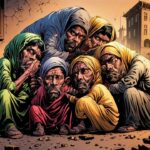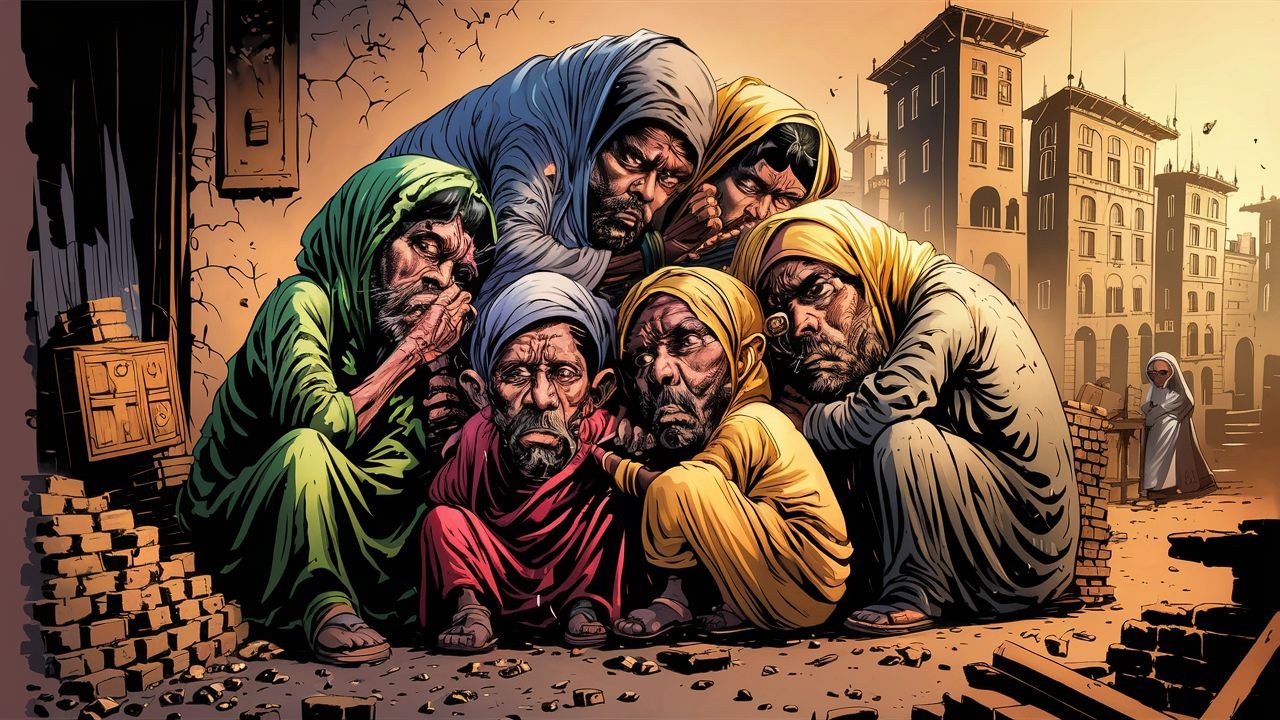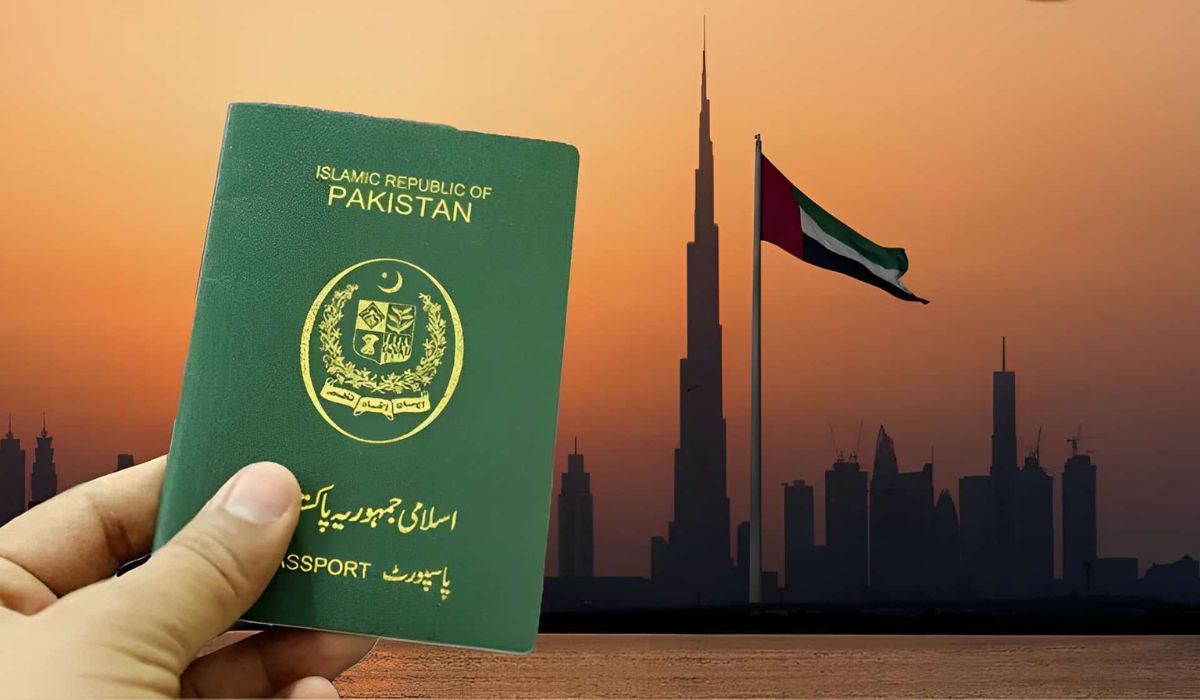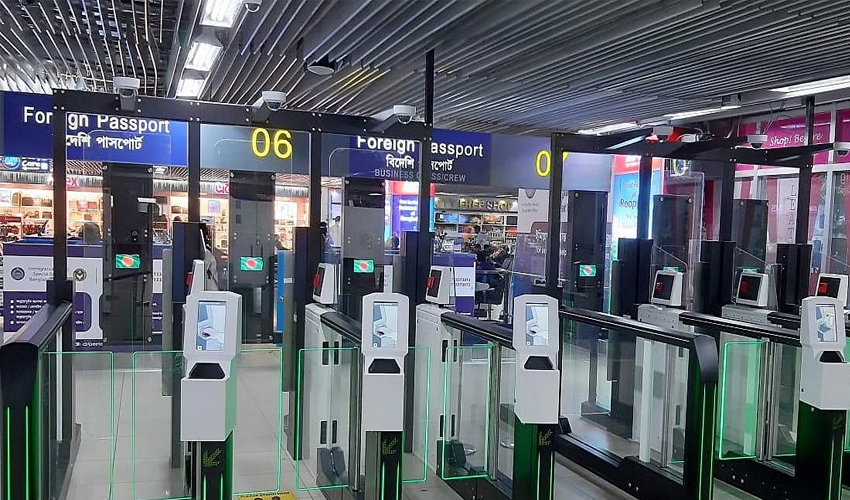Description: Pakistan, a nation brimming with potential, faces the challenge of poverty. This article explores the ongoing efforts to alleviate poverty in Pakistan, highlighting successful initiatives, ongoing struggles, and the path forward towards a brighter future.
Pakistan has made significant strides in reducing poverty in recent decades. According to the World Bank [1], the national poverty headcount ratio declined from 29.5% in 2013-14 to 24.3% in 2015-16. This progress reflects a concerted effort by the government, NGOs, and international organizations.
Understanding Poverty in Pakistan
Poverty in Pakistan manifests in various forms, with rural areas disproportionately affected. Limited access to education, healthcare, and basic infrastructure like clean water and sanitation keeps many families trapped in a cycle of poverty. Gender inequality further exacerbates the issue, as women often face limited employment opportunities and lack control over resources.
Combating Poverty: Initiatives Making a Difference
Several initiatives are working towards poverty alleviation in Pakistan. Here are some key examples:
- Benazir Income Support Program (BISP): Launched in 2008, BISP is a flagship program providing unconditional cash transfers to millions of ultra-poor families, primarily women. This program empowers women, improves household consumption, and promotes school enrollment for children [2].
- National Poverty Graduation Programme (NPGP): This program, led by the Pakistan Poverty Alleviation Fund (PPAF), focuses on a holistic approach to poverty reduction. It combines skills training, financial assistance, and access to markets to help families graduate from poverty [3].
- Empowering Women: Investing in women’s education, skills development, and access to finance is crucial in the fight against poverty. Initiatives like the Skills Development Program for Women Entrepreneurs by the National Vocational and Technical Training Authority (NAVTTC) equip women with skills to become self-employed and contribute to their families’ well-being [4].
Challenges and the Road Ahead
Despite the progress, significant challenges remain. Political instability, economic fluctuations, and natural disasters can impede poverty reduction efforts. Here’s how Pakistan can further its fight against poverty:
- Creating Sustainable Jobs: A key focus should be on creating employment opportunities in rural and urban areas. Investing in infrastructure development, promoting small and medium-sized enterprises (SMEs), and fostering growth in key sectors like agriculture and tourism can create jobs and generate income for the poor.
- Investing in Education and Healthcare: Education empowers individuals to break free from poverty cycles and secure better-paying jobs. Similarly, access to quality healthcare ensures a healthy workforce and reduces expenses incurred due to illness.
- Promoting Financial Inclusion: Providing access to microfinance and other financial services helps families meet basic needs, invest in small businesses, and build resilience against financial shocks.
Conclusion
Poverty alleviation in Pakistan is an ongoing fight. The combined efforts of the government, NGOs, international organizations, and the private sector are crucial for achieving long-term success. By investing in education, healthcare, job creation, and financial inclusion, Pakistan can empower its people and build a more prosperous future for all.
Additional Information
Here are some resources for further information on poverty alleviation efforts in Pakistan:
- The World Bank – https://pip.worldbank.org/country-profiles/PAK
- Pakistan Poverty Alleviation Fund (PPAF) – https://www.ppaf.org.pk/
- Benazir Income Support Program (BISP) – https://bisp.gov.pk/
Citations:
- World Bank: https://pip.worldbank.org/country-profiles/PAK
- Benazir Income Support Programme (BISP): https://bisp.gov.pk/
- Pakistan Poverty Alleviation Fund (PPAF): https://www.ppaf.org.pk/
- National Vocational and Technical Training Authority (NAVTTC): https://navttc.gov.pk/







